Home>Gardening & Outdoor>Outdoor Structures>How To Remove Grease Stains From Composite Decking
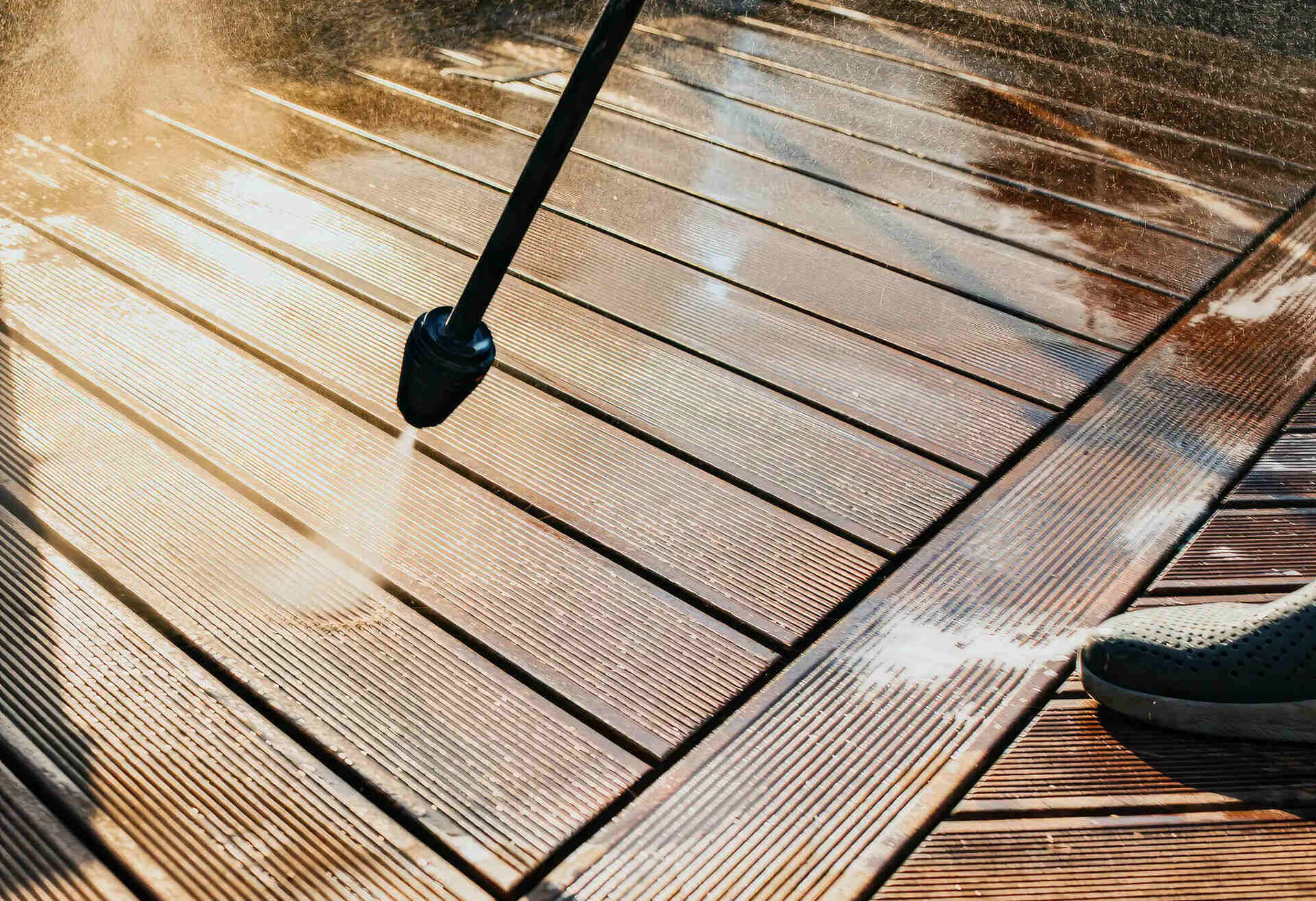

Outdoor Structures
How To Remove Grease Stains From Composite Decking
Modified: January 18, 2024
Learn how to effectively remove grease stains from composite decking and keep your outdoor structures looking pristine. Follow our expert tips for a spotless outdoor space.
(Many of the links in this article redirect to a specific reviewed product. Your purchase of these products through affiliate links helps to generate commission for Storables.com, at no extra cost. Learn more)
Introduction
Welcome to the world of composite decking, where the beauty of nature meets the innovation of technology. If you're a proud owner of a composite deck, you understand the allure of its low maintenance, durability, and aesthetic appeal. However, even the most meticulously maintained composite decking is not impervious to the occasional grease stain. Whether it's from a barbecue mishap or a cooking oil spill, grease stains can be an eyesore on your pristine outdoor oasis.
In this guide, we'll delve into the art of removing grease stains from composite decking, empowering you with the knowledge and techniques to restore your deck's immaculate appearance. From understanding the composition of composite decking to identifying and effectively removing grease stains, we'll cover every aspect of this common challenge. Furthermore, we'll explore proactive measures to prevent future grease stains, allowing you to enjoy your deck without the looming threat of unsightly blemishes.
So, if you've been troubled by grease stains marring the beauty of your composite deck, fret not. By the time you've finished reading this comprehensive guide, you'll be equipped with the expertise to bid farewell to grease stains and preserve the pristine allure of your outdoor haven. Let's embark on this journey to reclaim the splendor of your composite decking!
Key Takeaways:
- Say goodbye to grease stains on your composite deck by using gentle cleaning methods like dish soap and vinegar paste. Prevent future stains with grill mats and regular maintenance for a pristine outdoor oasis.
- Composite decking offers a resilient and visually captivating outdoor surface. Despite its impressive resistance to stains, grease mishaps can occasionally mar the deck’s pristine appearance, necessitating targeted intervention to reclaim its allure.
Understanding Composite Decking
Composite decking represents a harmonious fusion of natural beauty and cutting-edge technology. Composed of a blend of wood fibers, plastic, and binding agents, composite decking offers a resilient and visually appealing alternative to traditional wood decks. The combination of wood and plastic creates a sturdy, low-maintenance material that resists fading, warping, and splintering, making it an ideal choice for outdoor structures.
One of the key advantages of composite decking is its resistance to stains and spills, thanks to the protective polymer outer layer. This layer acts as a shield, safeguarding the deck against common culprits such as grease, oil, and food stains. However, despite its impressive resistance, composite decking is not entirely immune to the occasional grease mishap.
It’s important to note that composite decking varies in composition and quality, with some products incorporating a higher percentage of plastic, while others prioritize wood fibers. Understanding the specific makeup of your composite decking can influence the approach to stain removal, as different compositions may react differently to cleaning methods.
Furthermore, the texture and color of composite decking can vary, with some featuring a smooth, uniform surface and others mimicking the natural grain of wood. These variations can impact the ease of stain removal and the visibility of residual marks after cleaning.
By comprehending the composition and characteristics of composite decking, you can tailor your approach to stain removal, ensuring that the methods employed are effective and gentle on the deck’s surface. Armed with this understanding, you’ll be well-prepared to tackle grease stains without compromising the integrity or appearance of your composite deck.
Identifying Grease Stains on Composite Decking
Recognizing grease stains on your composite decking is the pivotal first step in the journey to restoration. These stains can manifest in various forms, from subtle discolorations to more conspicuous marks, depending on the type of grease and the duration of exposure. Here’s how to identify and differentiate grease stains on your composite deck:
- Surface Discoloration: Grease stains often present as dark, patchy discolorations on the deck’s surface, disrupting its uniform appearance. These blemishes can be particularly noticeable on lighter-colored composite decking, standing out as unsightly imperfections.
- Texture Alteration: In addition to discoloration, grease stains may alter the texture of the decking material, causing a slick or oily feel in the affected areas. This tactile change can be a telltale sign of grease infiltration and can guide your efforts in pinpointing the stained regions.
- Residual Odor: Lingering odors, especially in warm weather, can indicate the presence of grease stains. If you notice persistent, rancid smells emanating from specific areas of your deck, it’s likely that grease has permeated the decking material.
- Visual Inspection: Regular visual assessments of your composite decking can help you detect grease stains early on. Keep an eye out for any irregularities or deviations from the deck’s pristine condition, as timely identification can facilitate prompt stain removal.
By honing your ability to identify grease stains based on these characteristics, you can swiftly pinpoint the affected areas and initiate targeted stain removal measures. This proactive approach minimizes the spread of the stains and enhances the effectiveness of the cleaning process, ultimately restoring the unblemished allure of your composite deck.
Preparing to Remove Grease Stains
Before embarking on the mission to banish grease stains from your composite decking, it’s essential to lay the groundwork for a successful cleaning endeavor. Adequate preparation not only streamlines the stain removal process but also safeguards the integrity of your deck. Here’s how to prepare effectively:
- Gather Cleaning Supplies: Assemble the necessary cleaning supplies, including a gentle household detergent, warm water, a soft-bristle brush, and a bucket. Additionally, you may consider specialized composite deck cleaners formulated to combat stubborn stains while preserving the deck’s finish.
- Test in an Inconspicuous Area: Prior to treating the grease stains, conduct a patch test in an inconspicuous area of the deck to assess the compatibility of the cleaning solution with the decking material. This precautionary measure helps prevent unintended damage and ensures that the chosen cleaning method is suitable for your specific composite decking.
- Clear the Deck: Remove any furniture, potted plants, or decorative items from the deck to facilitate unobstructed access to the stained areas. Clearing the deck also prevents potential contamination of surrounding objects during the cleaning process.
- Sweep or Rinse: Thoroughly sweep or rinse the deck to eliminate loose debris, dirt, and surface grime. This initial cleaning step prevents abrasive particles from exacerbating the grease stains during the subsequent cleaning stages.
- Protect Surrounding Surfaces: If your composite decking adjoins other surfaces, such as siding, walkways, or outdoor furniture, consider using protective coverings to shield these elements from the cleaning solution and runoff. This precaution helps prevent inadvertent damage or staining of adjacent structures.
By meticulously preparing for the grease stain removal process, you set the stage for a focused and effective cleaning operation. These preparatory measures not only enhance the efficiency of stain removal but also promote the preservation of your composite decking, ensuring that the cleaning process is conducted with precision and care.
To remove grease stains from composite decking, sprinkle baking soda on the affected area and scrub with a soft brush. Rinse with water and repeat if necessary.
Methods for Removing Grease Stains from Composite Decking
When combating grease stains on your composite decking, employing the right cleaning methods is paramount to achieving optimal results without compromising the deck’s integrity. Here are effective techniques for removing grease stains from composite decking:
- Dish Soap and Warm Water: Create a solution of mild dish soap and warm water. Apply the soapy mixture to the grease-stained areas and gently scrub with a soft-bristle brush. Rinse the deck thoroughly to remove the soapy residue and residual grease.
- Vinegar and Baking Soda Paste: Form a paste by combining vinegar and baking soda to create a natural, non-abrasive cleaning agent. Apply the paste to the grease stains, allowing it to sit for a few minutes before gently scrubbing the affected areas. Rinse the deck to reveal the refreshed surface.
- Commercial Composite Deck Cleaner: Utilize a specialized composite deck cleaner designed to target tough stains, including grease and oil. Follow the manufacturer’s instructions for application and duration, ensuring thorough rinsing to eliminate any remnants of the cleaning solution.
- Pressure Washing (Low Pressure): Employ a pressure washer set at a low pressure setting to dislodge and remove stubborn grease stains. Exercise caution to maintain a safe distance from the deck’s surface and avoid using excessive pressure, which could damage the composite material.
- Biodegradable Degreaser: Consider a biodegradable degreaser specifically formulated for outdoor surfaces. Apply the degreaser as directed, allowing it to penetrate and dissolve the grease stains before rinsing the deck meticulously.
Regardless of the chosen method, it’s crucial to approach the cleaning process with a gentle touch, avoiding abrasive materials or harsh chemicals that may compromise the integrity of the composite decking. Additionally, thorough rinsing after cleaning is imperative to eliminate any residue and ensure the pristine restoration of your deck’s surface.
By selecting an appropriate cleaning method and executing it with precision, you can bid farewell to stubborn grease stains and rejuvenate the splendor of your composite decking, allowing its natural beauty to shine once more.
Read more: How To Remove Grease Stains From A Carpet
Preventing Future Grease Stains
After successfully removing grease stains from your composite decking, it’s prudent to implement preventive measures to safeguard your deck against future culinary mishaps and unsightly blemishes. By incorporating proactive strategies, you can preserve the pristine appearance of your outdoor oasis and minimize the likelihood of recurrent grease stains. Here are effective methods to prevent future grease stains on your composite decking:
- Grill Mats and Splatter Guards: Place durable grill mats or splatter guards beneath your outdoor grill or cooking area to intercept grease and oil splatters, preventing them from reaching the deck’s surface. These protective barriers act as a shield, minimizing direct contact between grease and the decking material.
- Prompt Spill Cleanup: Immediately address any grease or oil spills on your deck by promptly blotting and cleaning the affected area. Swift action mitigates the risk of the grease penetrating the composite material and reduces the likelihood of persistent stains.
- Regular Maintenance: Implement a routine maintenance schedule for your composite decking, including regular sweeping, gentle washing, and proactive inspection for any signs of spills or stains. Consistent upkeep minimizes the accumulation of grease and facilitates early intervention if stains do occur.
- Protective Sealants: Consider applying a protective sealant specifically formulated for composite decking to create a barrier against grease and other contaminants. These sealants enhance the deck’s resistance to stains and spills, prolonging its pristine appearance.
- Designated Cooking Areas: Designate specific areas for cooking and food preparation that are strategically positioned away from the primary deck space. By confining culinary activities to designated zones, you can minimize the risk of grease stains affecting the main deck area.
By integrating these preventive measures into your deck maintenance regimen, you can fortify your composite decking against the intrusion of grease stains, preserving its immaculate allure for years to come. These proactive strategies not only enhance the longevity of your deck but also contribute to a consistently inviting outdoor environment, free from the specter of unsightly grease blemishes.
Conclusion
Congratulations on embarking on the journey to conquer grease stains and preserve the pristine allure of your composite decking. By delving into the nuances of composite decking, identifying grease stains, and mastering effective removal techniques, you’ve equipped yourself with the expertise to restore your outdoor oasis to its immaculate splendor.
As you’ve discovered, composite decking embodies a harmonious blend of natural aesthetics and technological innovation, offering a resilient and visually captivating outdoor surface. Despite its impressive resistance to stains, grease mishaps can occasionally mar the deck’s pristine appearance, necessitating targeted intervention to reclaim its allure.
Through the strategic utilization of gentle cleaning methods, such as dish soap solutions, vinegar and baking soda pastes, or specialized composite deck cleaners, you can bid farewell to stubborn grease stains and rejuvenate your deck’s surface. Additionally, the proactive implementation of preventive measures, including the use of protective barriers, prompt spill cleanup, and routine maintenance, fortifies your deck against future grease stains, ensuring its enduring beauty.
As you savor the satisfaction of a grease-stain-free composite deck, remember that your proactive approach to maintenance and stain removal is a testament to your dedication to preserving the elegance of your outdoor sanctuary. By nurturing your composite decking with care and expertise, you can relish the timeless allure of your outdoor haven, free from the specter of unsightly blemishes.
So, as you bask in the splendor of your revitalized composite decking, may your outdoor oasis continue to be a source of joy, relaxation, and natural beauty, unmarred by the remnants of grease stains. With your newfound knowledge and proactive approach, your composite deck stands as a testament to the seamless fusion of nature’s charm and innovative durability, inviting you to revel in its timeless allure for years to come.
Frequently Asked Questions about How To Remove Grease Stains From Composite Decking
Was this page helpful?
At Storables.com, we guarantee accurate and reliable information. Our content, validated by Expert Board Contributors, is crafted following stringent Editorial Policies. We're committed to providing you with well-researched, expert-backed insights for all your informational needs.
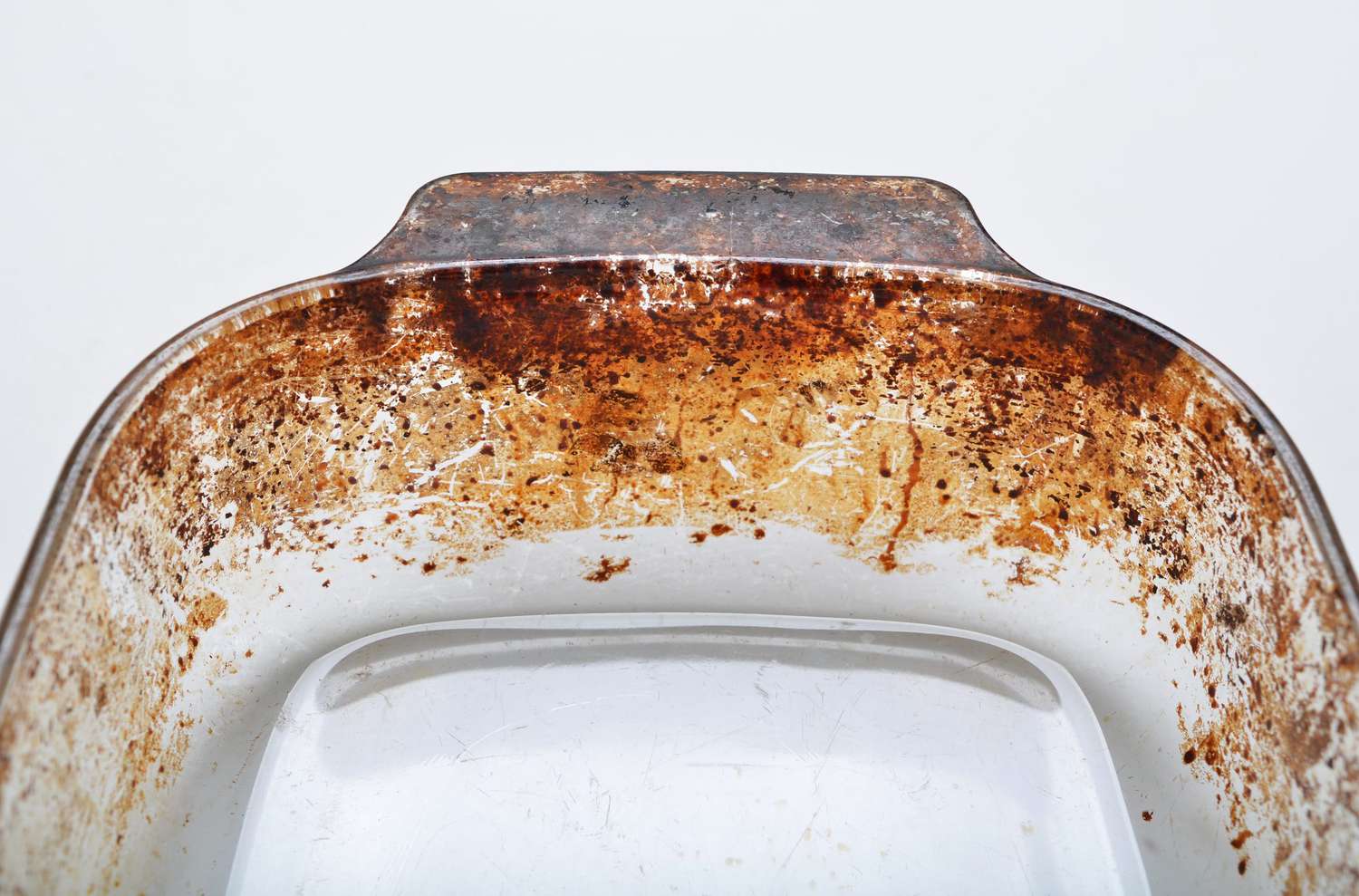
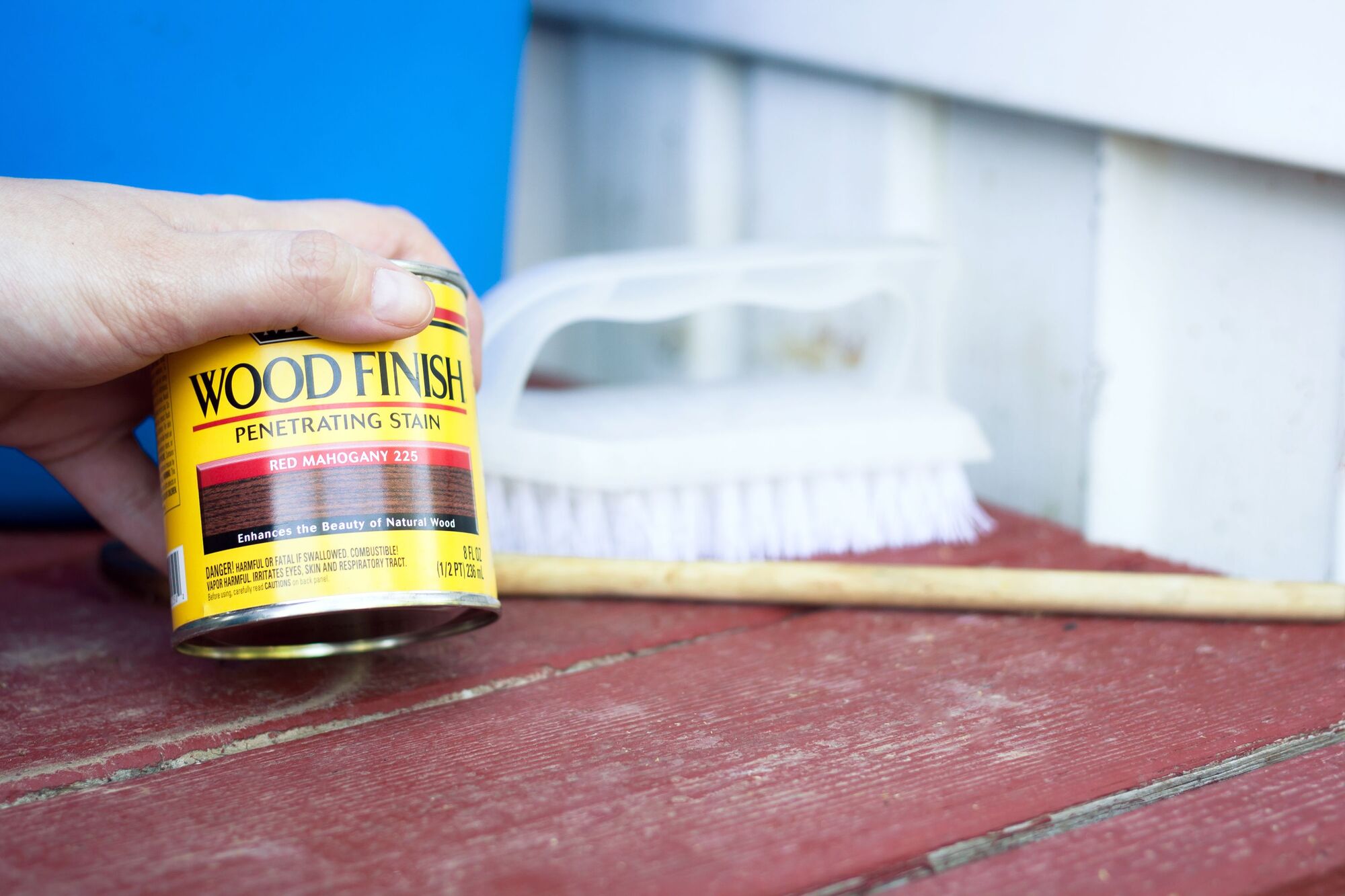
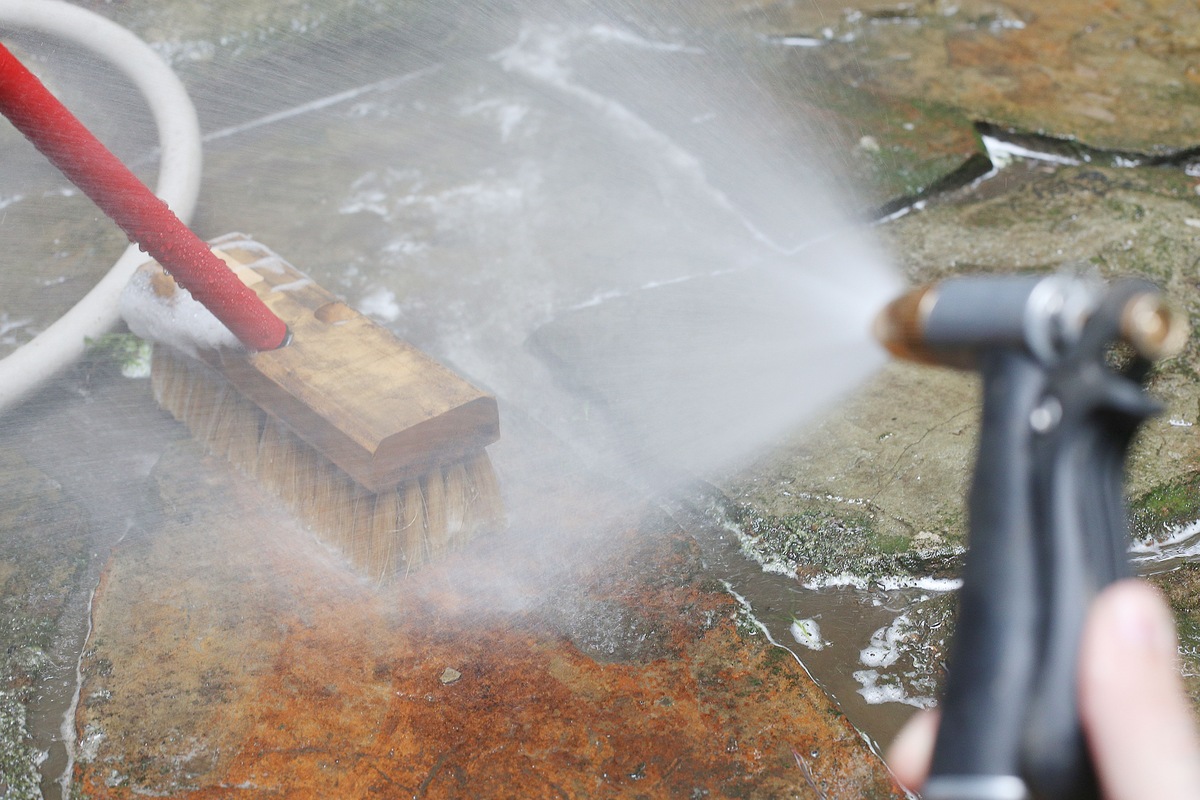
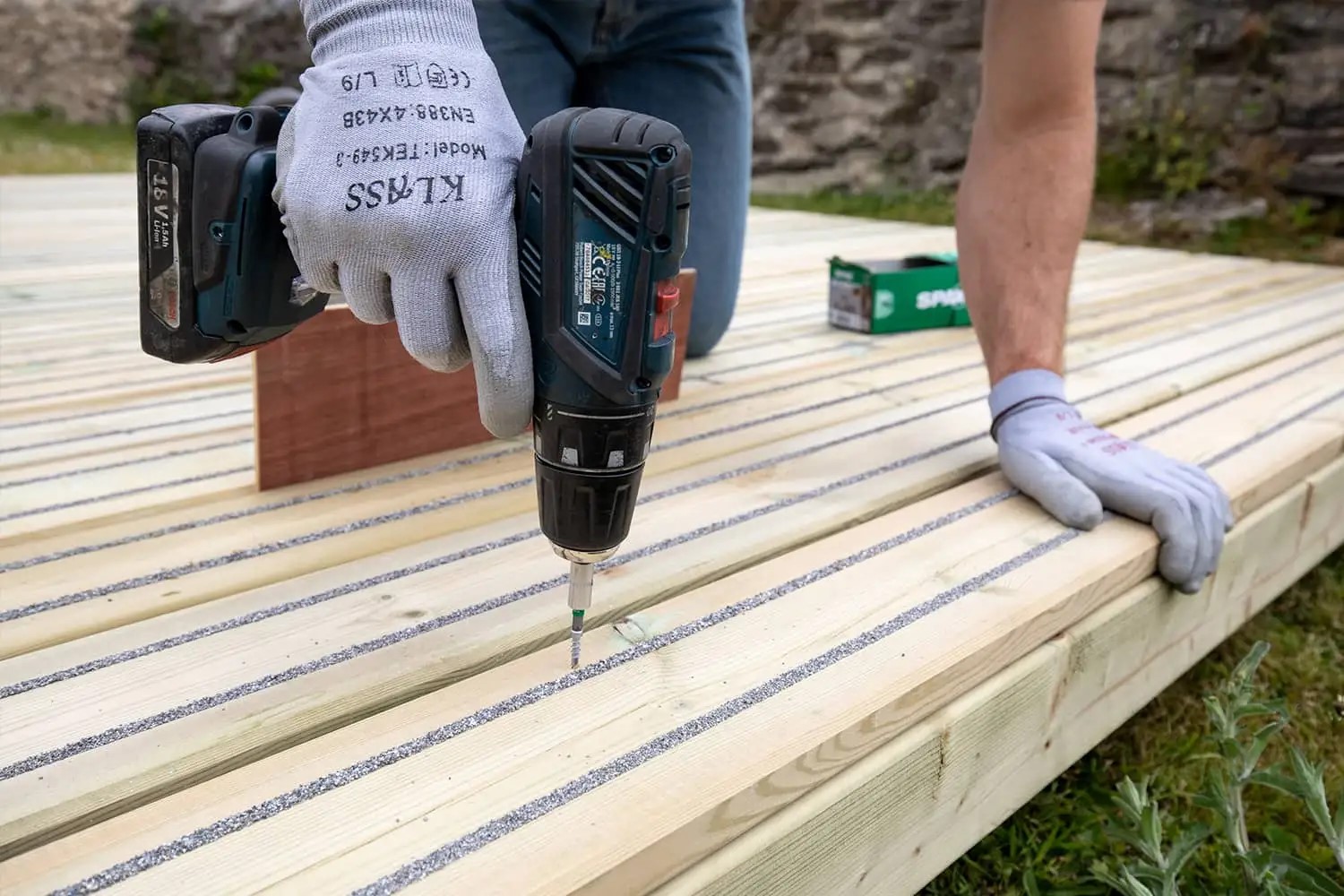
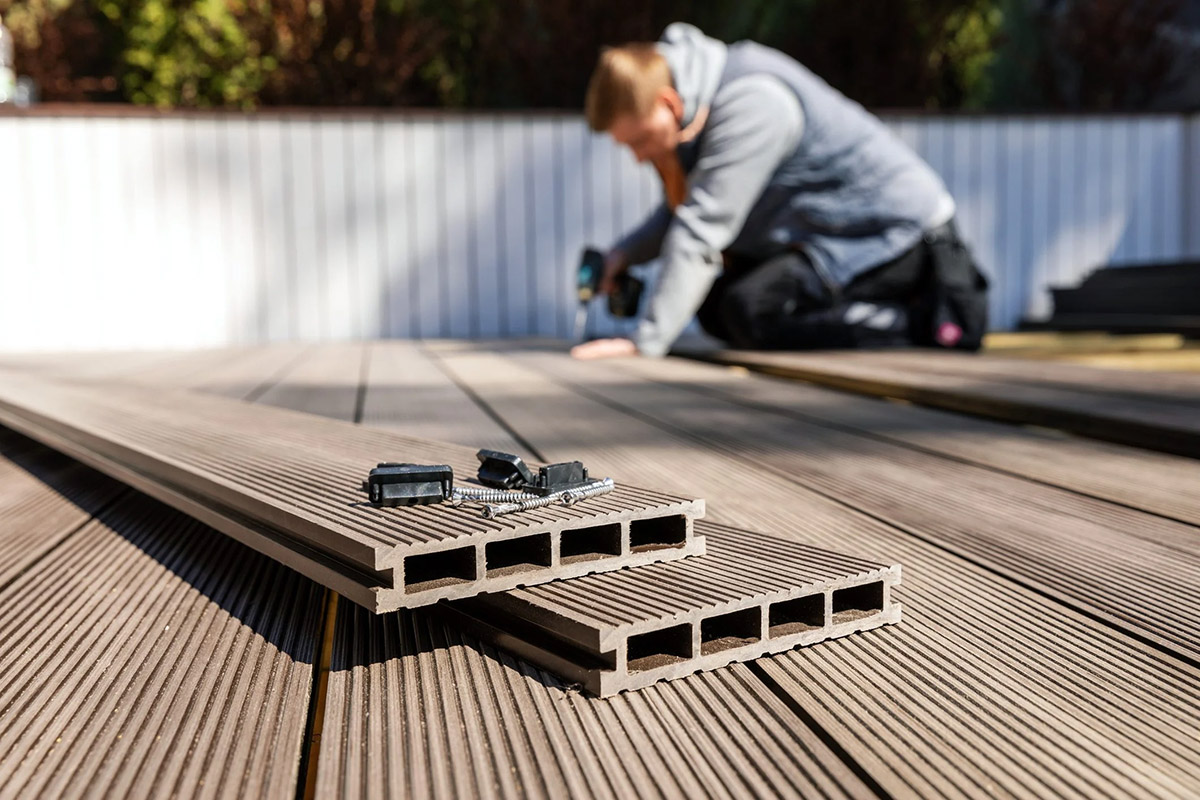
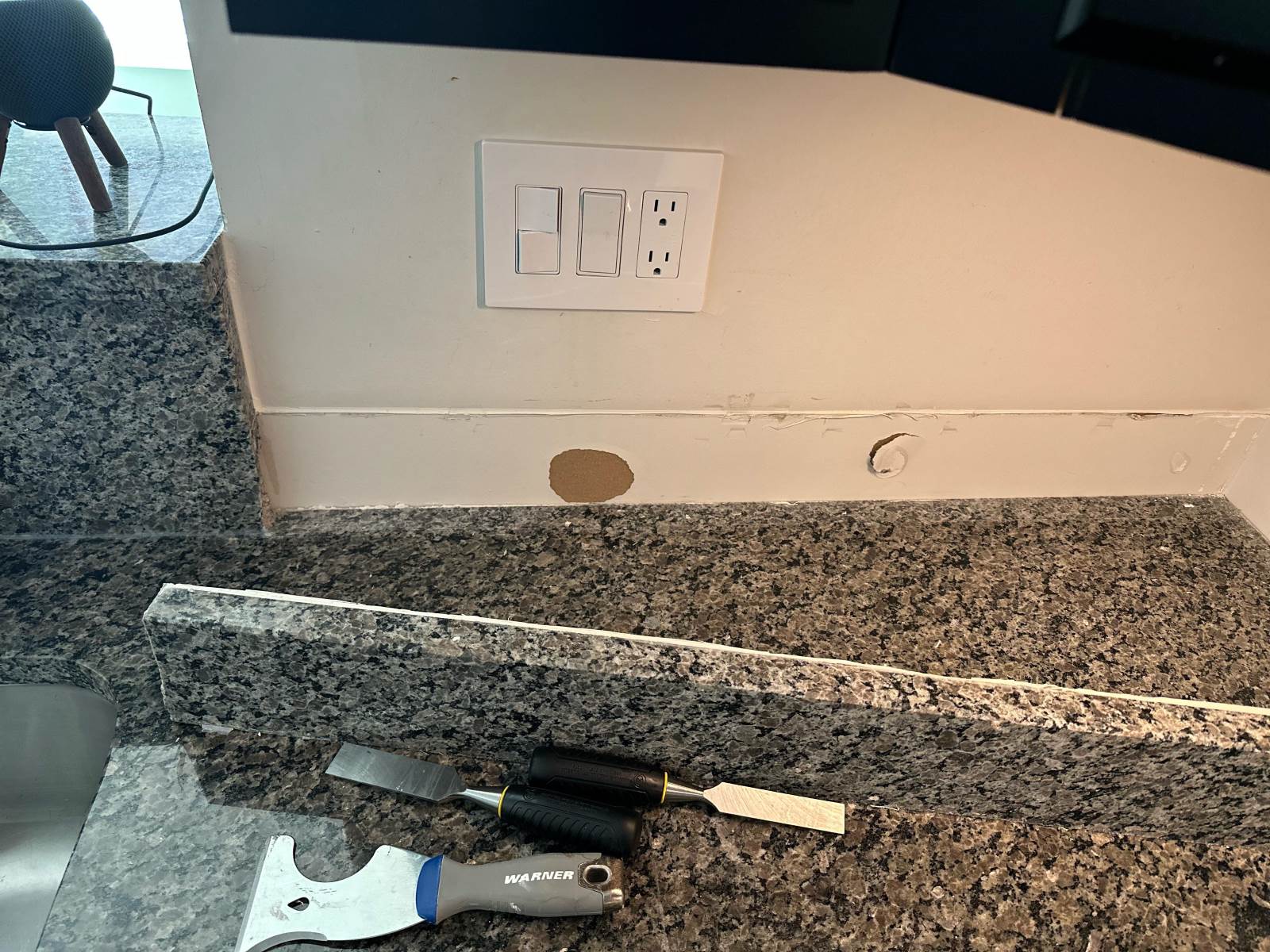
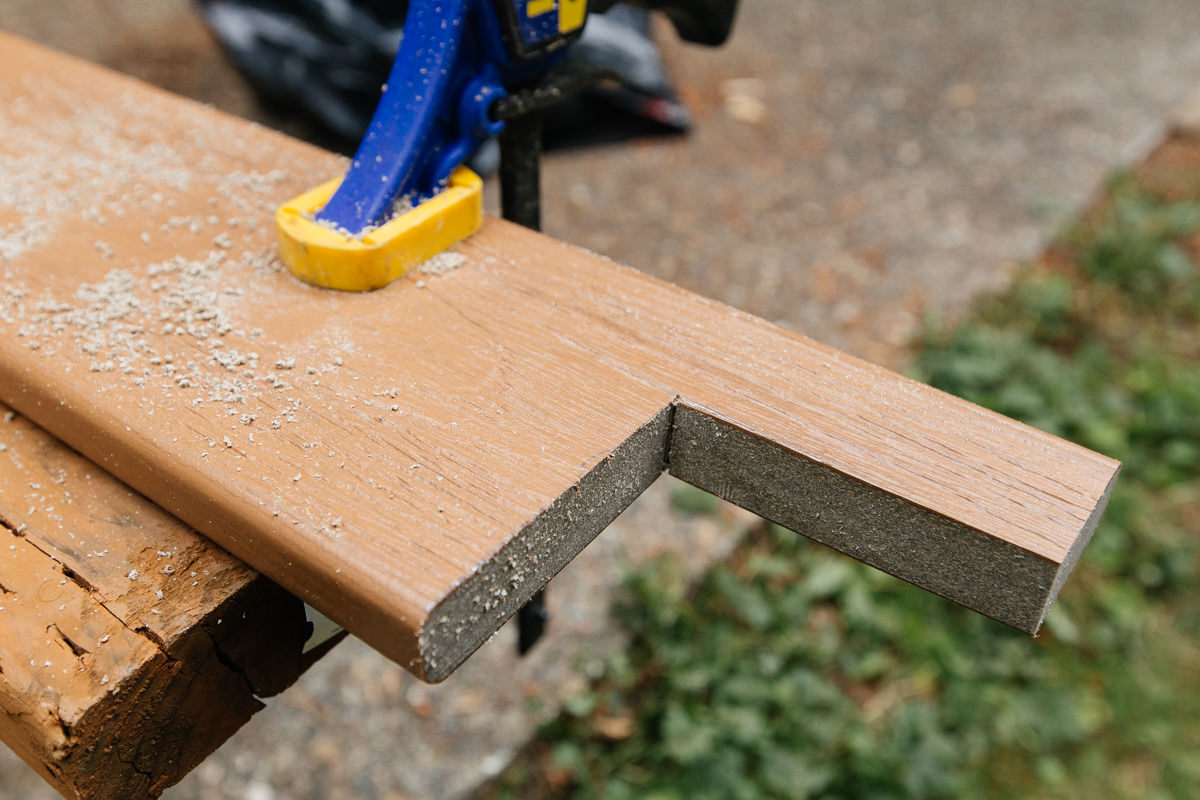

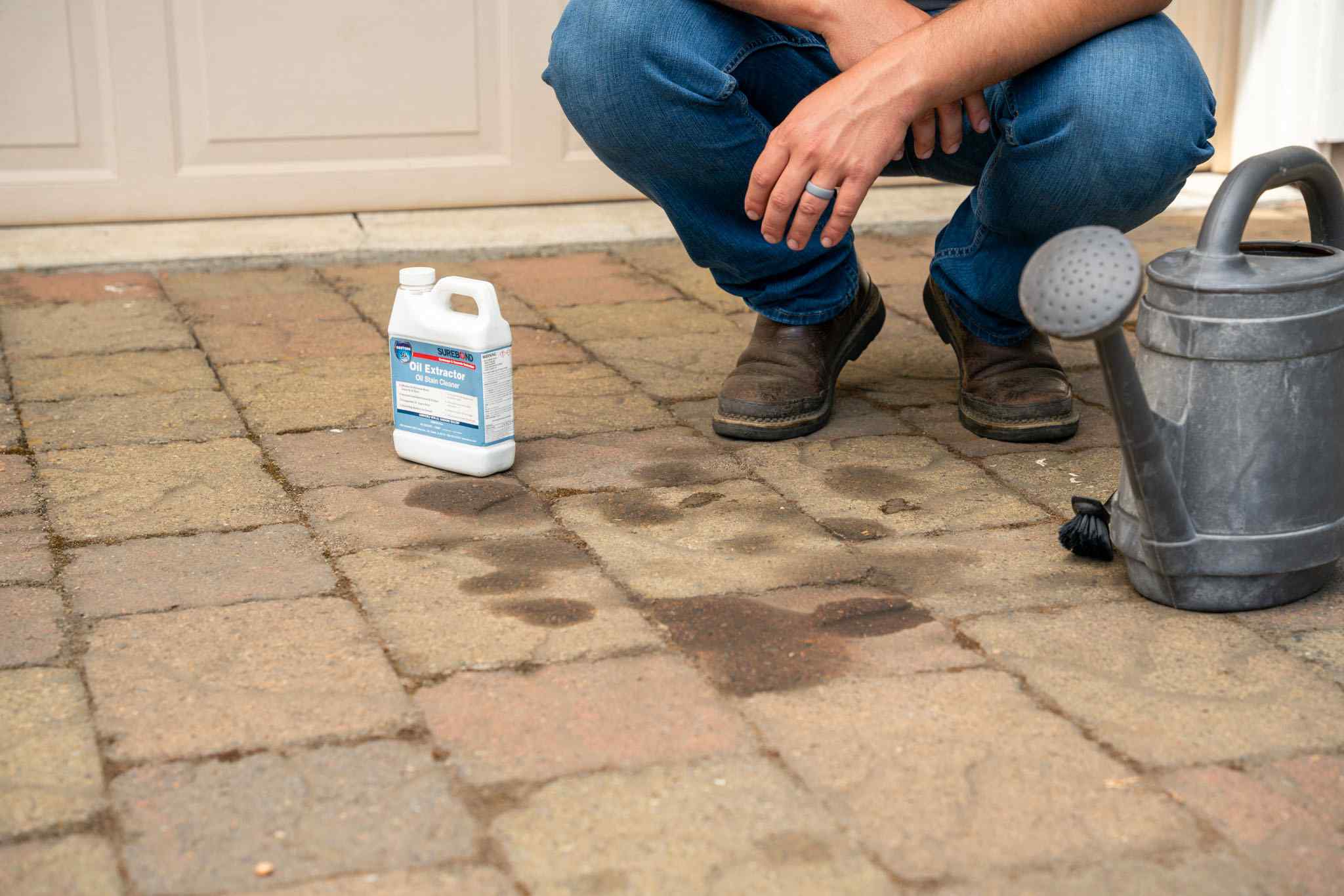
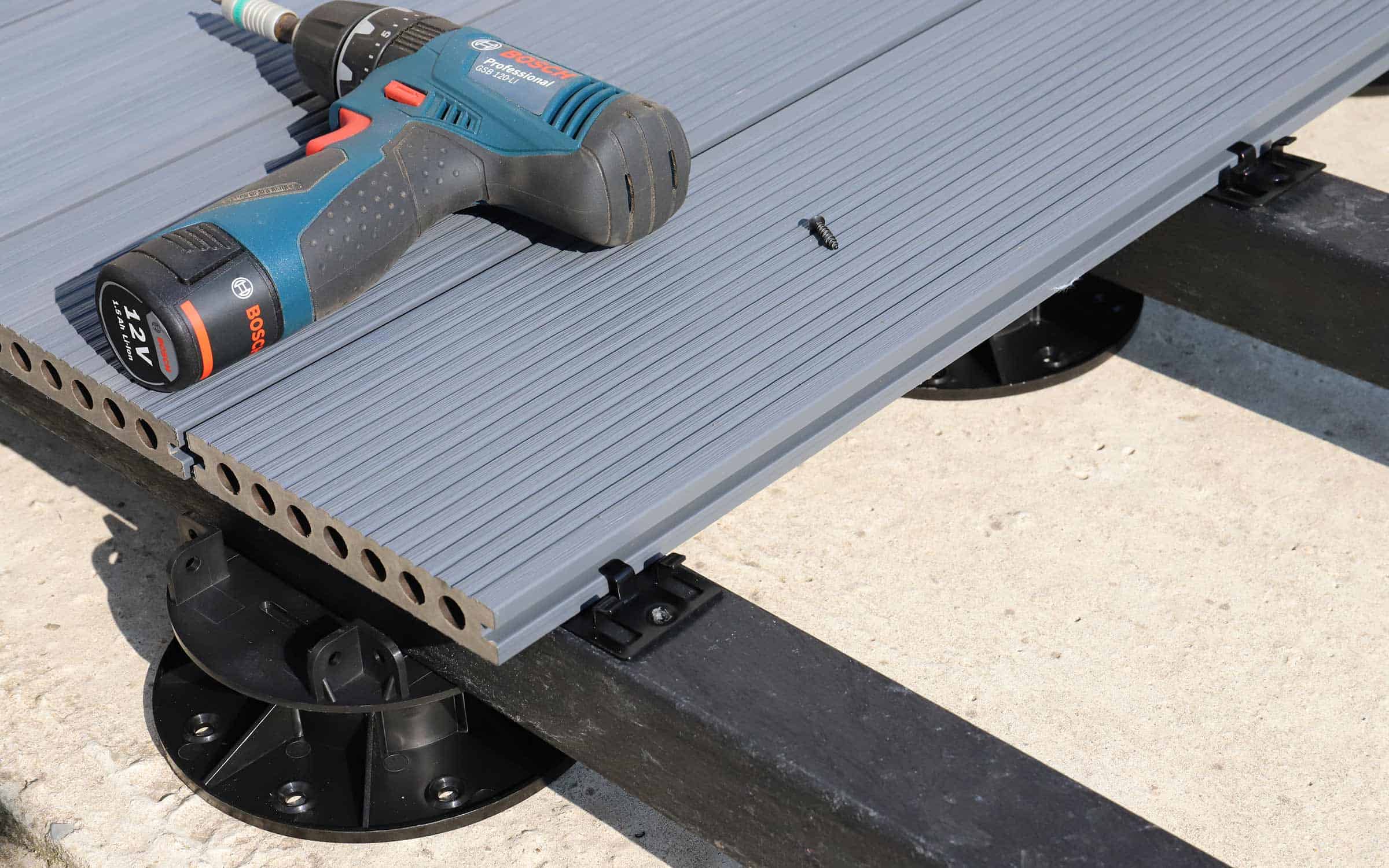

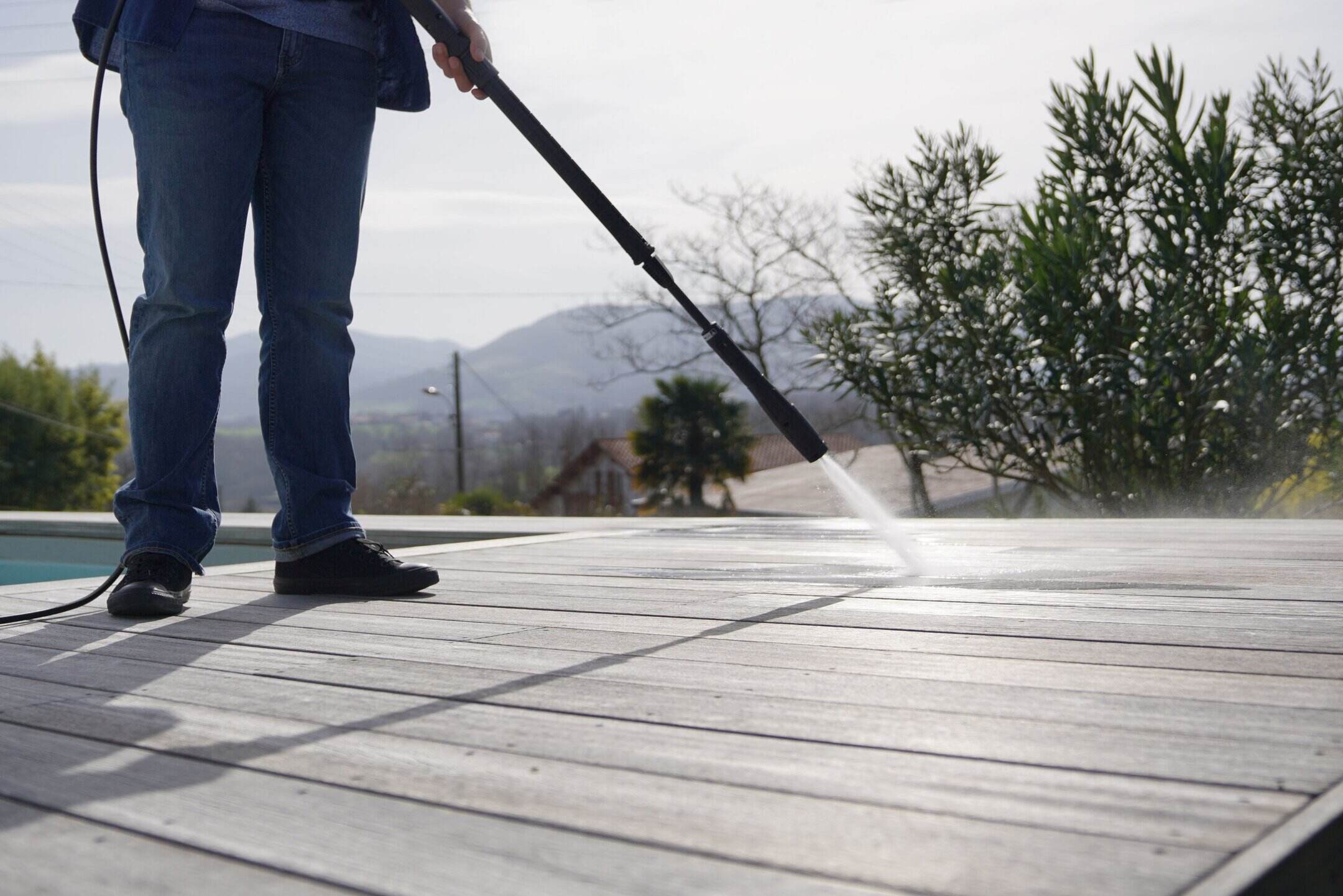
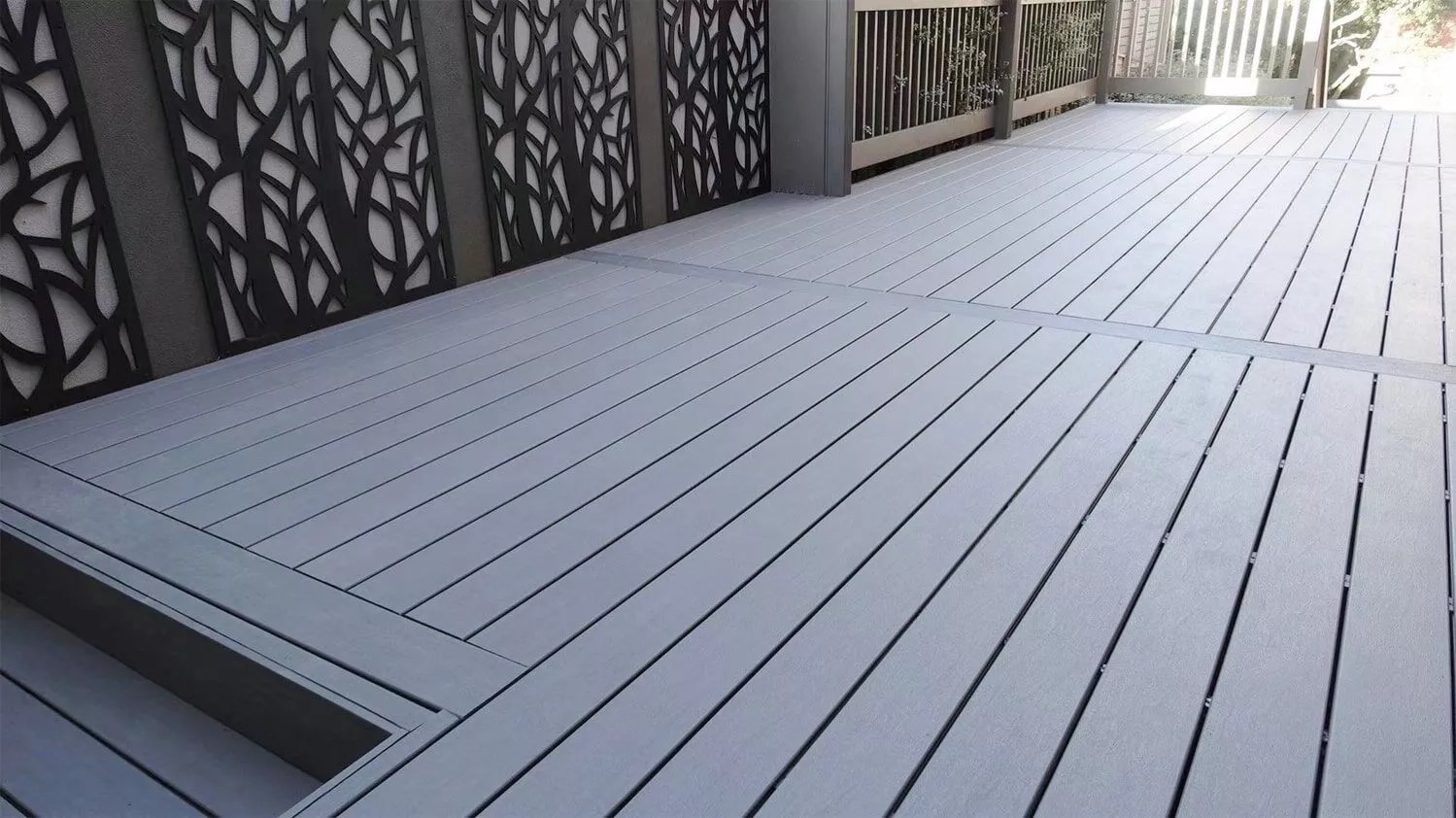
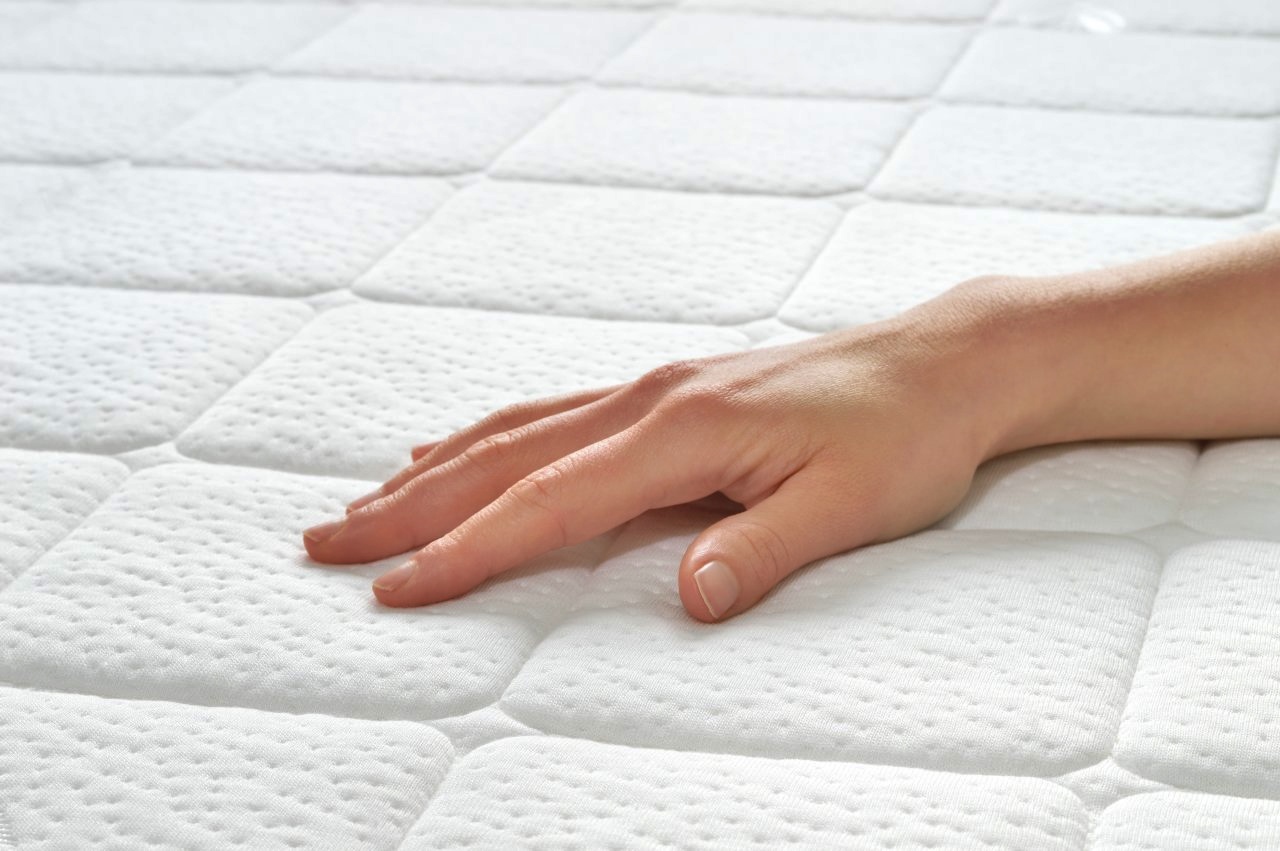

0 thoughts on “How To Remove Grease Stains From Composite Decking”